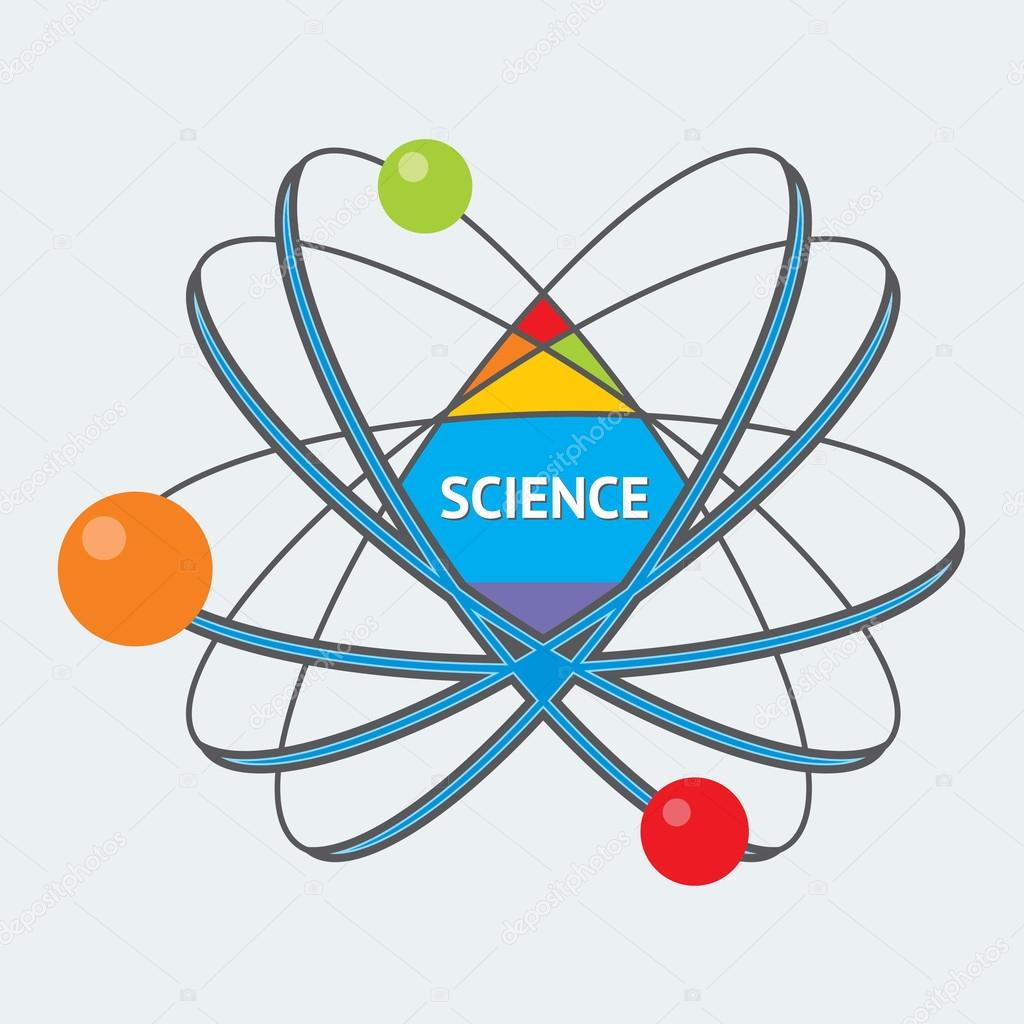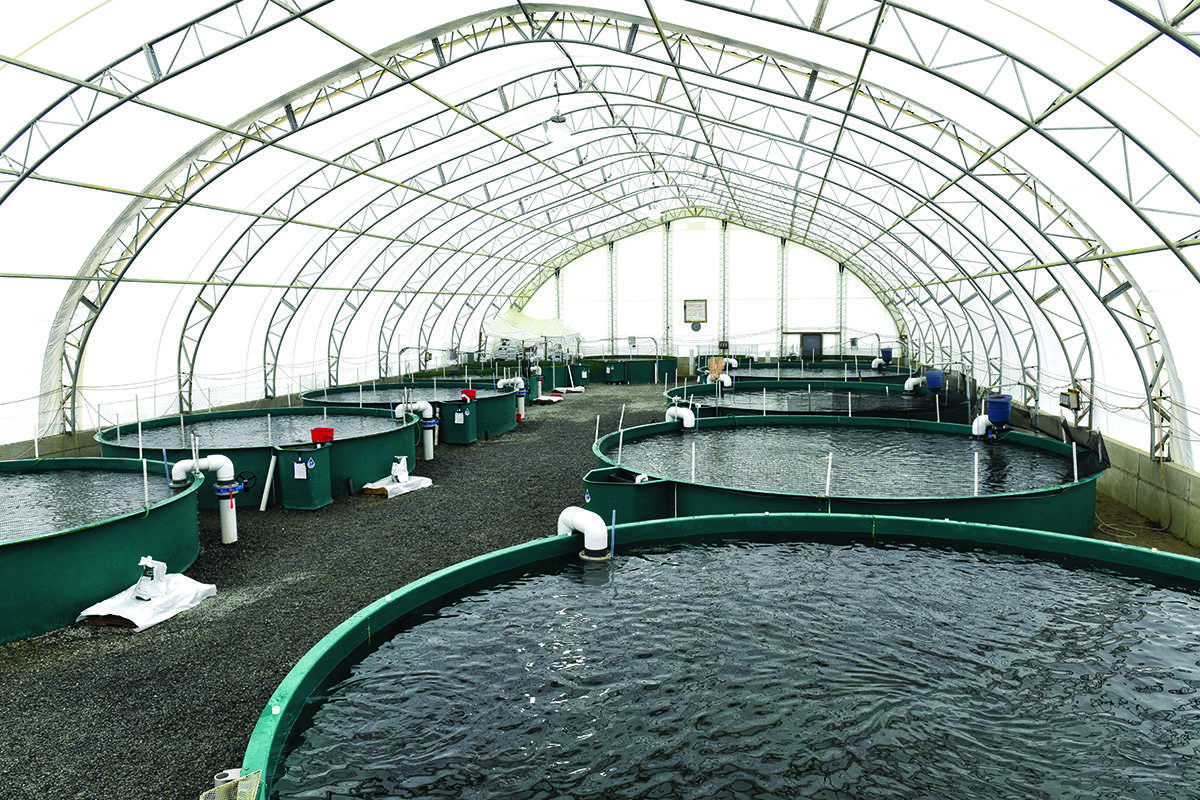Fish farming, also known as aquaculture, has emerged as a vital solution to meet the growing global demand for seafood while alleviating pressure on wild fish stocks. From freshwater ponds to high-tech indoor facilities, fish farming encompasses a diverse range of methods and species. Let’s embark on a journey to explore the various ways and types of fish farming shaping the future of sustainable aquaculture.
1. Pond Aquaculture:
Pond aquaculture is one of the oldest and most traditional forms of fish farming, dating back thousands of years. It involves raising fish in freshwater ponds or lakes, utilizing natural resources and ecosystems. Common species raised through pond aquaculture include tilapia, catfish, carp, and shrimp. Pond aquaculture is cost-effective and relatively simple, making it accessible to small-scale farmers in rural areas.
2. Cage Culture:
Cage culture, also known as net pen aquaculture, involves raising fish in floating cages or pens submerged in natural bodies of water, such as lakes, rivers, or coastal waters. This method allows for the cultivation of high-density fish populations while utilizing existing water resources. Common species raised in cage culture include salmon, trout, sea bass, and sea bream. Cage culture offers scalability and efficiency but requires careful management to mitigate environmental impacts.
3. Recirculating Aquaculture Systems (RAS):
Recirculating aquaculture systems (RAS) are closed-loop facilities that recycle and reuse water, creating a controlled environment for fish production. RAS facilities can be located indoors or outdoors and utilize technologies such as filtration, oxygenation, and waste treatment to maintain water quality. This method is ideal for raising high-value species like salmon, sturgeon, and barramundi. RAS offers precise control over environmental conditions, resulting in higher productivity and reduced environmental footprint.
4. Integrated Multi-Trophic Aquaculture (IMTA):
Integrated multi-trophic aquaculture (IMTA) is a sustainable farming approach that combines the cultivation of multiple species to optimize resource utilization and minimize environmental impact. IMTA systems typically include primary species like fish or shrimp alongside secondary species such as seaweed, shellfish, or microalgae. By utilizing complementary ecological interactions, IMTA enhances nutrient cycling, improves water quality, and reduces waste discharge. IMTA represents a holistic approach to aquaculture that promotes ecosystem resilience and biodiversity.
5. Land-Based Aquaculture:
Land-based aquaculture refers to fish farming facilities located entirely on land, away from natural water bodies. These facilities can range from small-scale recirculating systems to large-scale, high-tech operations. Land-based aquaculture offers advantages such as biosecurity, year-round production, and proximity to markets. It is suitable for raising a wide range of species, including salmon, trout, tilapia, and shrimp. However, land-based aquaculture requires significant investment in infrastructure and operational costs.
As the global population continues to rise, the sustainable expansion of fish farming holds promise for meeting the demand for protein-rich seafood while conserving natural resources and protecting marine ecosystems. By embracing diverse methods and species, fish farmers can contribute to a more resilient and equitable food system for generations to come.


